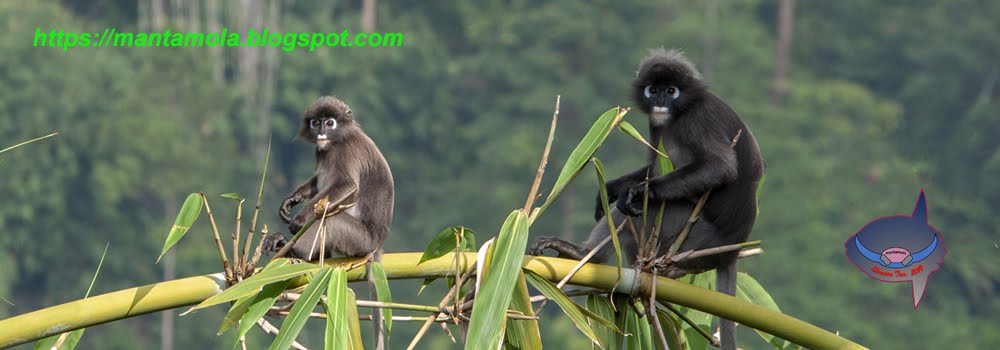Some of my doubts are answered when I got the chance upon a Rufous Woodpecker (Celeus brachyurus).
 The woodpecker start to peck on the branch and after a while, it uses the tongue to do the finishing kill.
The woodpecker start to peck on the branch and after a while, it uses the tongue to do the finishing kill. This crack on the branch gave the woodpecker a easier meal.
This crack on the branch gave the woodpecker a easier meal.
 No doubt that the tongue play a very important role in woodpeckers' feeding behavior. However, I still have no clue on how exactly did they use their tongue to catch their preys. Do they have a sticky tongue like the lizards and use it to 'stick' their preys?
No doubt that the tongue play a very important role in woodpeckers' feeding behavior. However, I still have no clue on how exactly did they use their tongue to catch their preys. Do they have a sticky tongue like the lizards and use it to 'stick' their preys?Perhaps video recording will help...

 Is not difficult to understand why they are called Asian Glossy Starling (Aplonis panayensis). They usually move in flocks and and are very noisy.
Is not difficult to understand why they are called Asian Glossy Starling (Aplonis panayensis). They usually move in flocks and and are very noisy.

 This is how it looks like from the back.
This is how it looks like from the back. Another bird that almost complete moulting to the glossy plumage.
Another bird that almost complete moulting to the glossy plumage.

 After about 10 minutes, the mother heron came back with foods.
After about 10 minutes, the mother heron came back with foods. The mother feed one at a time, both chicks got their fair share.
The mother feed one at a time, both chicks got their fair share.



 Opppsss! miss it...
Opppsss! miss it... is OK, there are lots more to choose!
is OK, there are lots more to choose! Both parents are black, interestingly their chick is white!...
Both parents are black, interestingly their chick is white!...

 I'm sure is for id purpose but usually the ringing are done on their leg instead of the wing. I took some of the photos when they fully extended their wings on flight. The feather arrangement seems affected by the ring.
I'm sure is for id purpose but usually the ringing are done on their leg instead of the wing. I took some of the photos when they fully extended their wings on flight. The feather arrangement seems affected by the ring. Not too sure if their flight patterns affected as well? Anyone have any info about wing ringing?
Not too sure if their flight patterns affected as well? Anyone have any info about wing ringing?  This is a Crested Myna (Acridotheres cristatellus). One glance it look just like a Javan myna but if you look carefully, it have a different bill shape & colour. The Crested Myna also have a black with white undertail-coverts.
This is a Crested Myna (Acridotheres cristatellus). One glance it look just like a Javan myna but if you look carefully, it have a different bill shape & colour. The Crested Myna also have a black with white undertail-coverts.

